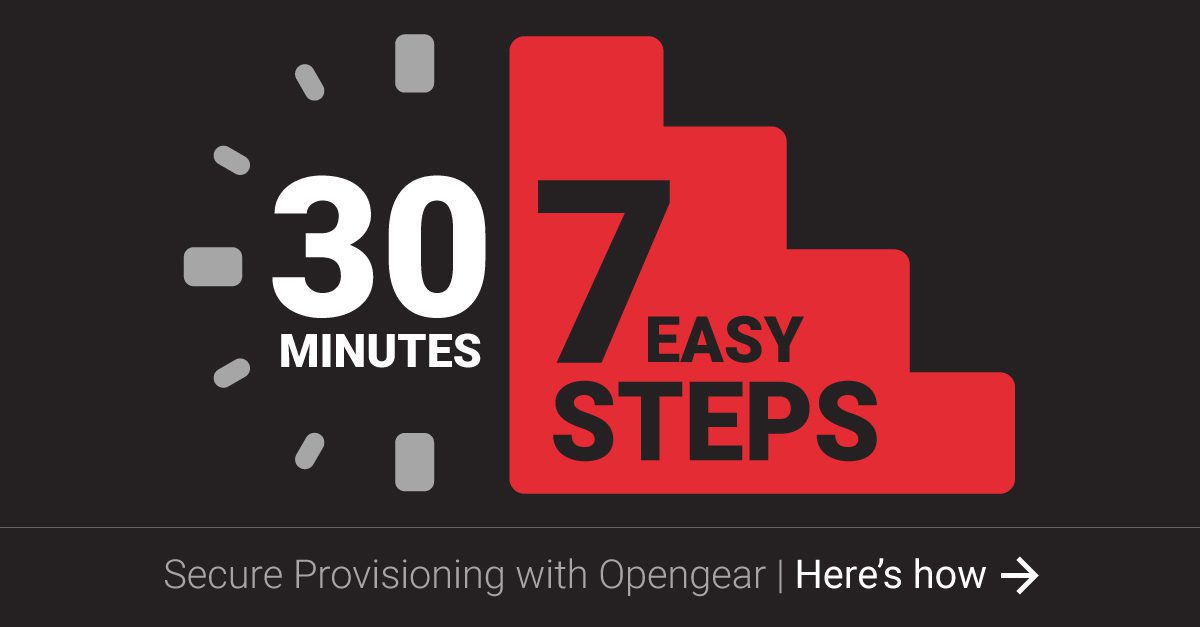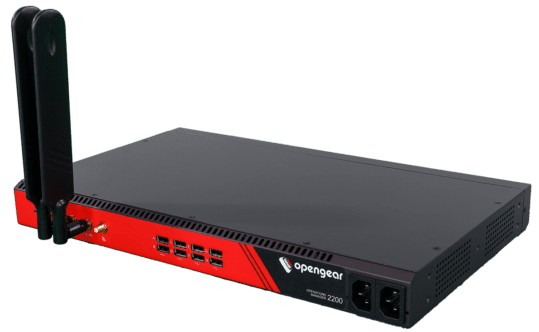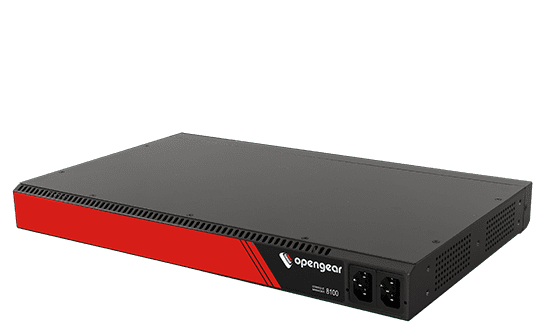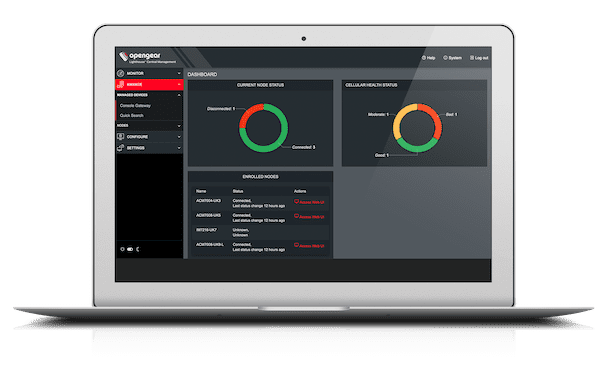Ensuring scalability and speed
Hyperscale data centers allow some of the largest technology organizations in the world, like Google, Facebook and Amazon, to maintain reliability and speed.
Hyperscale refers to the architecture of a data center and its ability to scale in response to increasing demand. This involves increasing memory, storage resources and infrastructure. The goal of scaling is to not only continue to build a system, but to do it big and fast. These massive systems are constantly rolling out new features. Because of this growth providers are prioritizing connectivity and availability – for this, they need a highly reliable solution.
Detecting and remediating remotely
Hyperscale data centers house thousands of devices and although their modular design allows operators to easily add resources as needed, their sheer size creates network visibility challenges. Constantly growing, operators are running into challenges that are causing outages and downtime. An alternative path to devices located at remote sites, Smart Out-of-Band (Smart OOB™) allows hyperscale providers to maintain connectivity if this occurs. Operators are able to securely monitor and access all devices without impacting normal operations to ensure business continuity.
When an error occurs, locating the exact router that is experiencing an issue can take hours or days without the right solution. Using Smart OOB operators are able to automatically find where an error has occurred and if it can be remediated or needs to be replaced to ensure business continuity.
Automating the deployment process
Zero Touch Provisioning allows hyperscale providers deploying large scale IT infrastructure to automate the process – repetitive tasks are reduced, human touch points are decreased and errors are lessened. Customizable scripting and files allow ZTP to be flexible in any environment. It allows hyperscale providers to remove the human factor and enable mass provisioning through the rack.
Zero Touch Deployment from Opengear:
- Ensures adaptability for existing provisioning systems
- Prevents unnecessary delays by ensuring cellular connectivity for Day One installations
- Verifies network topology to quickly troubleshoot and remediate issues using Link Layer Discovery Protocol (LLDP)
- Reduces deployment costs with shared hardware
Simplifying secure deployments
The Network Resilience Platform allows providers to provision new networks remotely and securely. Only requiring “smart hands” to rack, stack and cable the infrastructure, initial configuration tasks can be completed onsite, even when there is no existing WAN or LAN in place.




